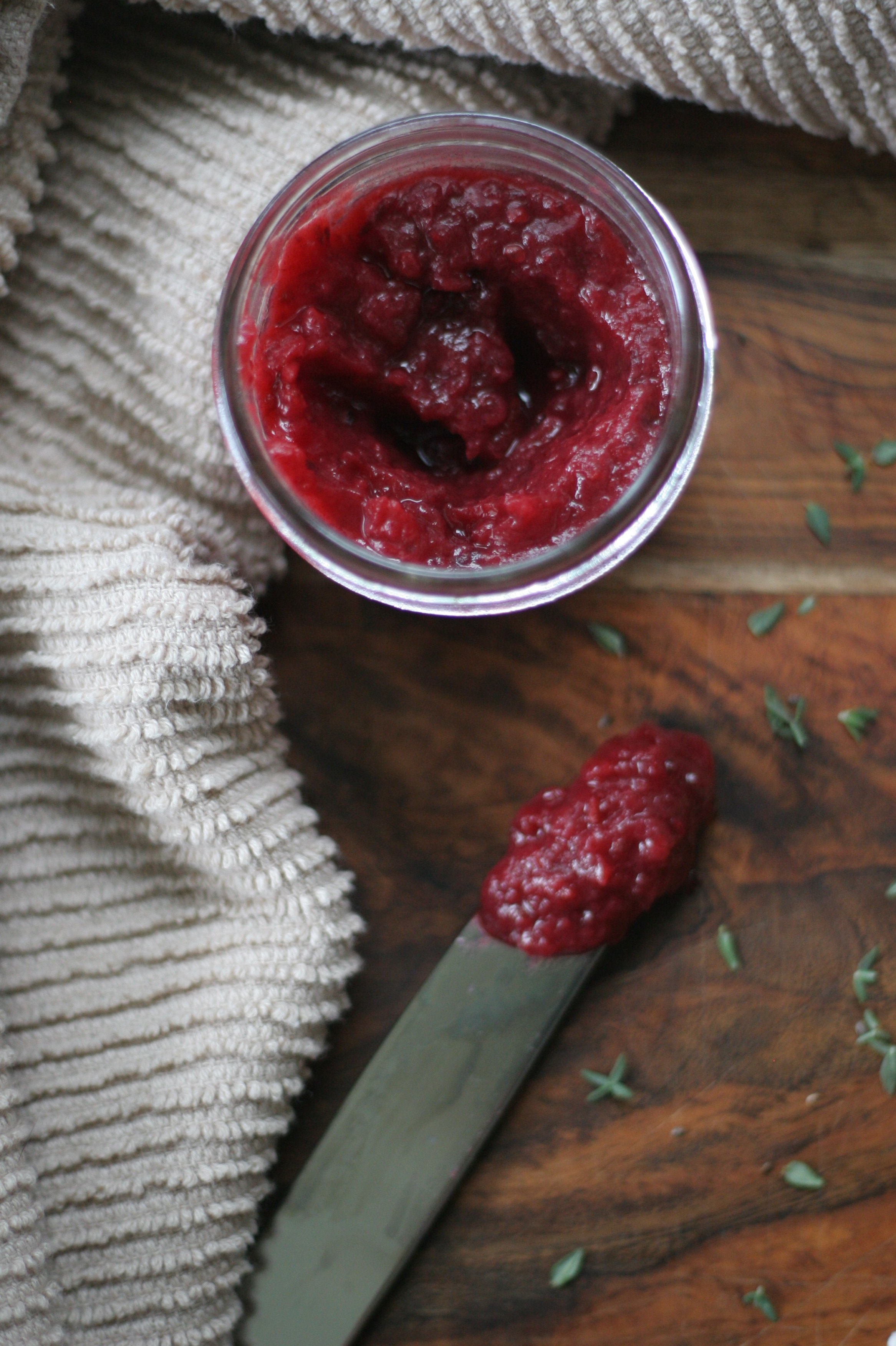
Sugar. The poor word gets such a bad rap. And often for good reason. It is in a lot of our foods…I mean A LOT. The food industry does not help us along the way either. At times, they make it very difficult for the average person to understand whether a food is high or low in added or natural sugar. They also tend to sneak it in wherever they can, especially condiments.
The easiest way to become more comfortable with understanding what is added and what is natural sugar is by looking at the ingredient list. The most common added sugars are high fructose corn syrup, raw sugar, honey, fruit juice concentrates, syrups, or molasses.

Naturally occurring sugars generally come from lactose in dairy foods and fructose, which is naturally occurring in fruit. Foods high in added sugars often come from sweetened beverages, condiments, desserts, and baked goods.
One of the main reasons you want to keep your added sugar intake in check is the amount of calories in 1 gram. With 1 gram of sugar containing 4 calories, the calories from high-sugar food items can add up quickly if you’re not careful. If you consume sugar in large quantities, the excess calories can result in weight gain. Excess weight in the form of overweight or obesity can lead to a multitude of chronic diseases and conditions, such as heart disease, diabetes, or stroke.
So what’s the limit for added sugar intake per day? The American Heart Association recommends ~6 teaspoons or less (25 grams) of added sugar daily for women and ~9 teaspoons for men (36 grams). If you’ve ever kept an eye on your sugar intake throughout the day, you know this target can be very difficult for some us, especially my fellow sweet tooth lovers. To put this into a little perspective, a standard 12-oz soda has around 39 grams of added sugar. This equates to around 9 teaspoons and close to 160 empty calories just from the sugar. See what I mean? This shit adds up!

So what do we do with this information? Well I have some really great news for you. Fruit is a natural sugar and it is sweet! Getting creative with how you use certain fruits can lead to healthier choices and overall reducing your added sugar intake. Now keep in mind, fruit is still a sugar, a natural sugar, but nonetheless a sugar. However, the pros of eating fruit over other high sugar food items, such as cookies, cakes, or soda, greatly outweigh the cons of potentially eating too much fruit, which is highly unlikely in our westernized eating habits.

This three-ingredient currant jam is so easy (hence only three ingredients!) and is naturally sweetened using dates. The red currants offer a fresh tartness that compliments the sweetness from the dates beautifully.
Another bonus, both dates and currants are jam-packed with vitamins and minerals, such as vitamin C, vitamin A, dietary fiber, iron, and potassium. Dates also contain tannins, which have great antioxidant and anti-infective characteristics.
Enjoy this nutrient-dense jam without the guilt of any added sugar. Spread on whole grain toast with avocado chunks, goat cheese, chia seeds, and fresh thyme for a healthy snack or serve with pork loin for a hint of sweetness in an otherwise savory dish. -EAB


No Added Sugar Currant Jam
Ingredients
- 1 cup red currants
- 5 dates, pitted and roughly chopped
- ¼ cup water
Instructions
-
Pit and chop the dates.
-
Add the currants, dates, and water to a small saucepan. Bring to medium heat and simmer until the currants become gelatinase, about 3-5 minutes.
-
Pour the date-currant mixture into a food processor and blend for about 1-2 minutes until smooth and evenly combined. Store in a mason jar in the refrigerator until ready for use.